Stress-Free Guide to Planning a Wine Tasting Trip
Did you know France has over 100,000 vineyards? That’s a lot to handle for even the most experienced traveler! But planning a wine-tasting trip doesn’t have to be complicated. Whether you’re heading to California, Oregon, or somewhere more unexpected, a little preparation goes a long way.
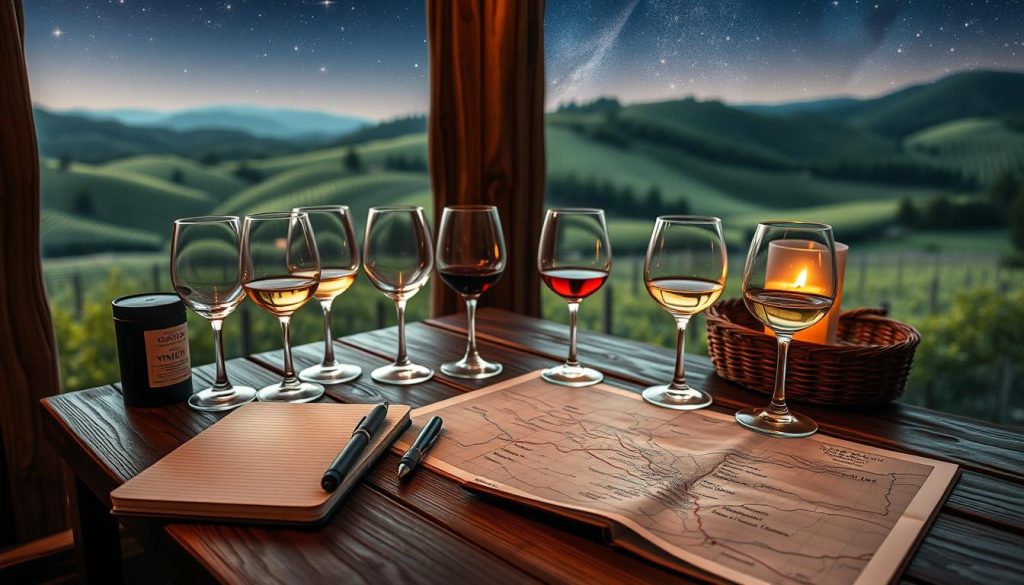
This guide is here to help you create a wine-tasting itinerary that’s as smooth as a fine Cabernet. From picking your destination to knowing what to pack, we’ll walk through every step. Say goodbye to frantic searches and missed reservations and hello to confidence in every choice.
Key Takeaways
- Create an itinerary that matches your flavor preferences and travel style.
- Learn how to research top wine regions without getting lost in the details.
- Discover tools to simplify booking and logistics.
- Balance structure with room for spontaneous discoveries.
- Turn planning into a journey of excitement, not stress.
Choosing the Perfect Wine Region
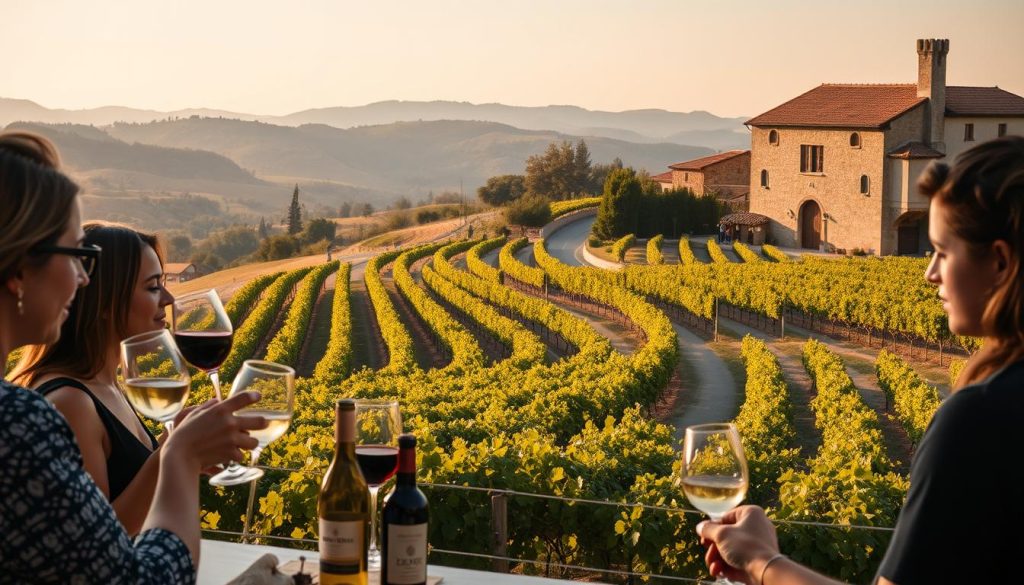
Planning your trip begins with picking a region that excites you. Every vineyard has a story to tell—from sun-drenched valleys to fog-kissed hillsides.
Start with what you love. Do you prefer bold reds? Crisp whites? Sparkling wines? Let your palate be your guide. Popular regions include:
- USA: Napa and Sonoma for Cabernets and Chardonnays, Oregon’s Willamette Valley for Pinot Noir
- France: Bordeaux for structured reds, Burgundy for earthy Pinot Noir, Loire Valley for elegant whites
- Spain: Rioja for Tempranillo, Priorat for powerful Garnacha
- South America: Argentina’s Mendoza for Malbec, Chile’s Maipo Valley for Cabernet
Factors to consider:
- Travel time and cost
- Seasonality: Weather, harvest timing, crowds
- Scenery and vibe: Rustic, luxurious, or something in between
- Varietals: Choose regions known for your favorites
Understanding a region’s climate and terroir (soil, elevation, and climate) will also help match your tastes to the wines you’ll find there.
Crafting a Flexible Itinerary for your Wine-Tasting Trip
Creating your wine tour is all about balance. You want structure but with space to breathe.
Start simple:
- Group wineries by proximity—stay within a 30-minute radius to avoid road fatigue
- Book 2–3 tastings per day. Start earlier in the day when your palate is fresh
- Schedule downtime: allow space for spontaneous stops, longer lunches, or sunset views
Pro Tips:
- Mix well-known vineyards with small, family-run gems
- Add one experience-focused stop: a barrel tasting, food pairing, or guided tour
- Keep one half-day free to explore, rest, or discover something unplanned
Use planning tools like Google Maps, WineMaps, or Roadtrippers to visualize and organize your route.
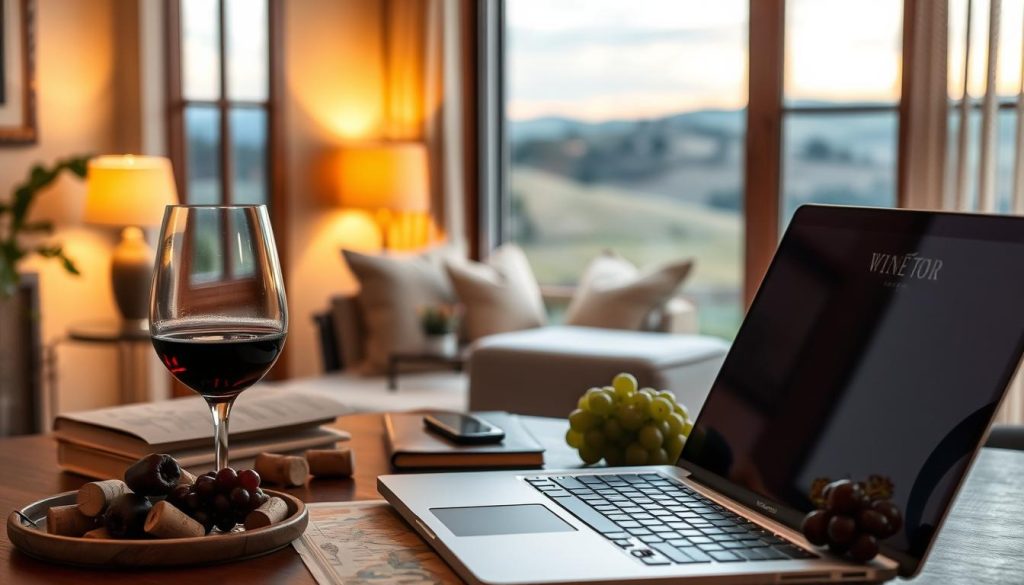
Transportation & Logistics
Don’t let driving ruin the fun. Plan safe and convenient ways to get around:
- Hire a local driver or join a guided tour (bonus: insider info). My favorite in Napa/Sonoma is Valet of the Moon.
- Use shuttle services in popular regions like Napa
- Rent bikes for scenic, compact wine regions
Also, consider staying nearby. Booking a bed-and-breakfast or wine country inn puts you closer to the action—and the scenery.
Don’t Skip the Food
Wine on an empty stomach is never a good idea. Plan meals just as carefully as tastings.
Options to consider:
- Winery restaurants with food and wine pairings
- Local markets or cafés for a midday break
- Pack a gourmet picnic if the winery allows it
Some wineries offer curated picnics or tasting lunches. These are great opportunities to relax and refuel.
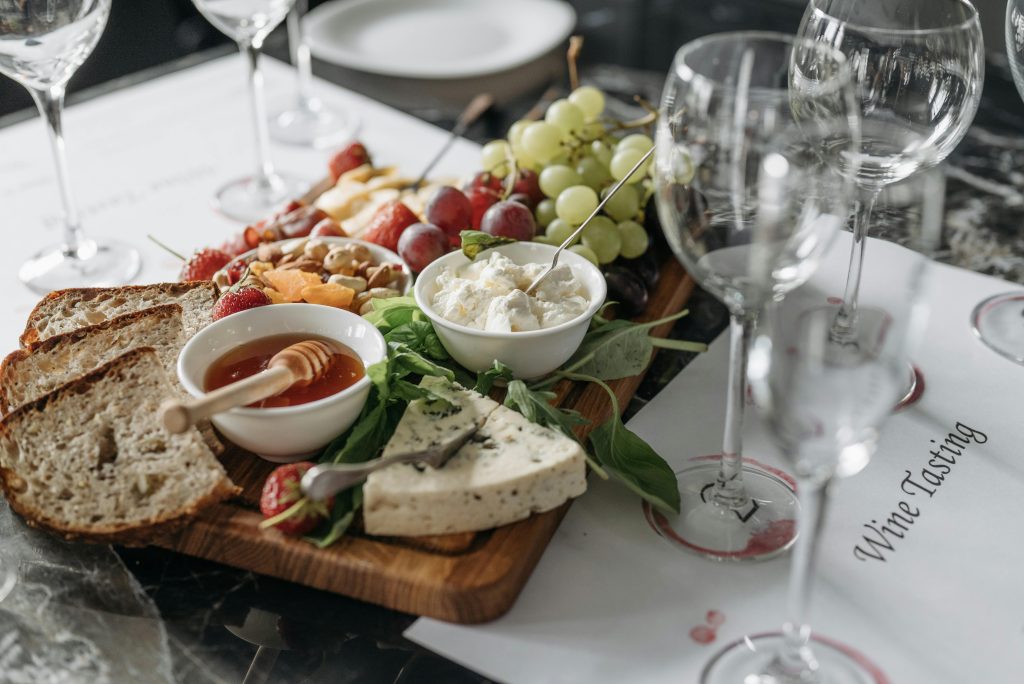
What to Pack for a Wine-Tasting Trip
Dress for comfort and style—wine regions are often casual, but weather and terrain can vary.
Bring:
- Comfortable, flat shoes (you’ll be walking on gravel and grass)
- Layers—mornings can be cool, afternoons warm
- Sunscreen and a hat for sunny vineyard strolls
- A wine carrier or protective shipping sleeve is necessary if you plan to bring bottles home
- A notebook or wine app (like Vivino) to track your favorites
Expert Tips for a Memorable Tasting Experience
- Ask questions: Winemakers love sharing their craft.
- Try something new: Don’t just go for the familiar. Explore lesser-known varietals.
- Join a wine club if you find a winery you love—it’s a great way to bring the experience home.
- Respect the pace: Rushing between tastings can diminish the joy. Linger a little longer.
Blend Wine with Local Culture
Wine is just one part of the experience. Enhance your trip by engaging with the region:
- Attend a local festival or market
- Explore nearby towns, art galleries, or historic sites
- Take a cooking class or food tour
- Visit local artisans or farm stands
These cultural experiences make the trip richer and more memorable.
Final Pour: Your Wine-Tasting Trip, Simplified
A well-planned wine-tasting trip isn’t just about sipping—it’s about slowing down and savoring every part of the journey. From the vineyards you visit to the people you meet, each moment has the potential to become a story worth telling.
Start small, stay curious, and remember: the best bottles are the ones shared with great company in beautiful places.
Cheers to your next adventure!
FAQ
Q: What’s the best time of year to go wine tasting? A: Harvest season (August–October) is popular and festive, but spring and winter offer fewer crowds and more relaxed visits.
Q: How can I save money on a wine-tasting trip? A: Look for weekday tastings, combo packages, or join a tour with multiple stops. Small wineries often have lower tasting fees.
Q: Do I need to make tasting appointments? A: Increasingly, yes—especially at smaller or higher-end wineries. Always check ahead and reserve if possible.
Q: How many wineries should I visit in one day? A: Two to three is ideal. You’ll enjoy each more and avoid palate fatigue.
Q: What if I don’t know much about wine? A: No problem! Tasting rooms are welcoming spaces to learn. Just ask questions and follow your taste buds.
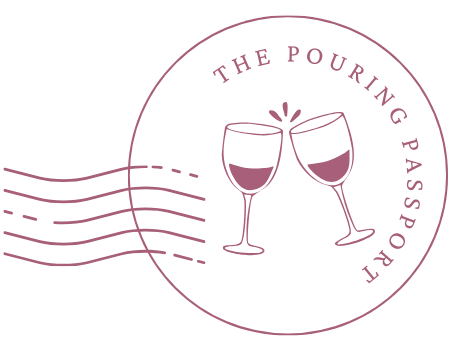
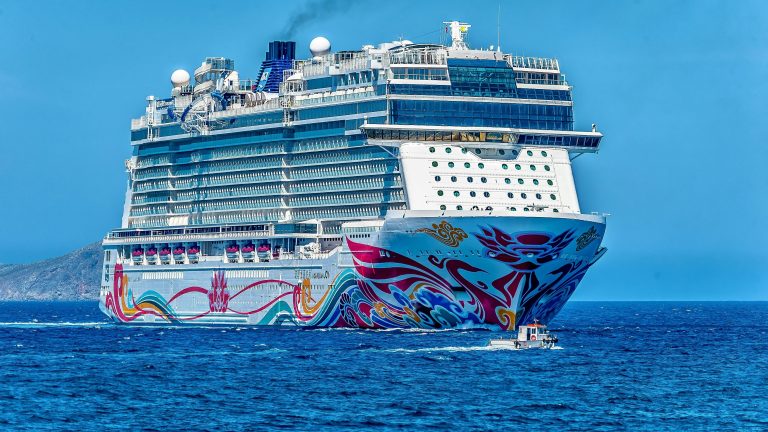
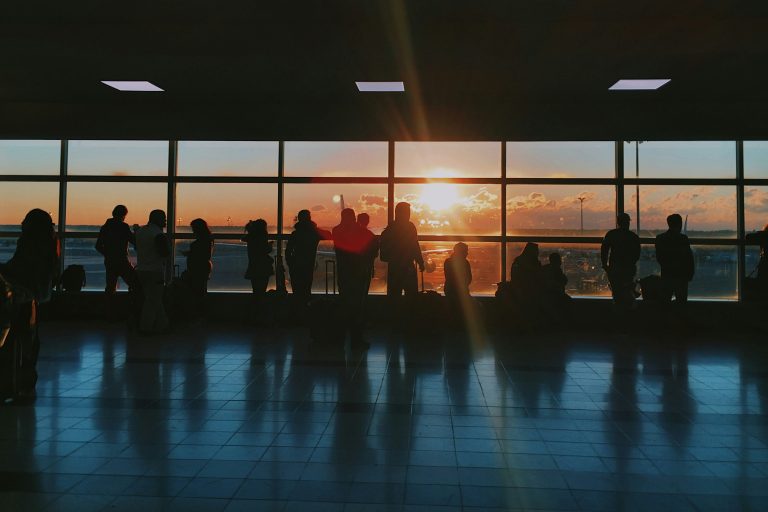
Good tips for a day of wining!